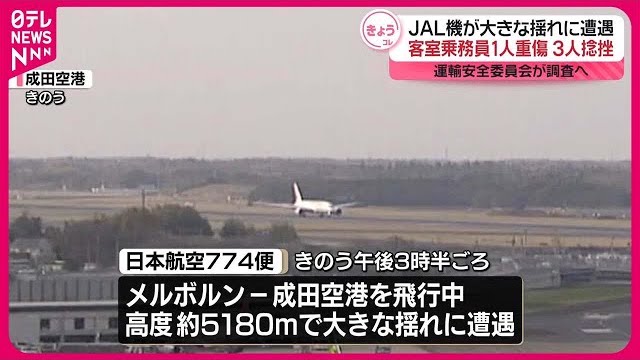Millet farmers living 9000 years ago in what is now north-east China may have spoken a proto-Transeurasian language that gave rise to Japanese, Turkish and other modern tongues.
A vast Transeurasian language family that contains the Japanese, Korean, Mongolian, Turkish and Tungusic languages has had its origins traced back 9000 years, to early farming communities in what is now north-east China.
Transeurasian languages are spoken across a wide region of Europe and northern Asia. Until now, researchers assumed that they had spread from the mountains of Mongolia 3000 years ago, spoken by horse-riding nomads who kept livestock but didn’t farm crops.
Martine Robbeets at the Max Planck Institute for the Science of Human History in Jena and her colleagues used linguistic, archaeological and genetic evidence to conclude instead that it was the onset of millet cultivation by farmers in what is now China that led to the spread of the language family.
The team did this by studying the linguistic features of the languages and using computational analysis to map their spread through space and time based on their similarities to each other. Doing so allowed Robbeets and her team to trace the proto-Transeurasian language back to the Liao river area of north-east China around 9000 years ago.
This is the exact time and place that millet is known to have been domesticated, according to archaeological evidence, says Robbeets.
By adding genetic information and carbon-dating millet grains, the team revealed that the proto-Transeurasian-speaking population split into separate communities that then started adopting early forms of Japanese, Korean and the Tungusic languages to the east of the original site, as well as early forms of Mongolic languages to the north and of Turkic languages to the west.
“We have languages, archaeology and genetics which all have dates. So we just looked to see if they correlated,” says Robbeets.
Around 6500 years ago, the descendants of some of these farmers moved eastwards into Korea, where they learned to cultivate rice around 3300 years ago, spurring the movement of people from Korea to Japan.










